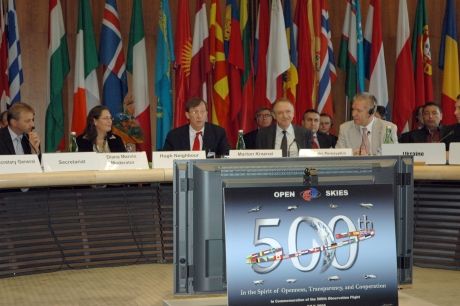The Biotechnology and Biological Sciences Research Council (BBSRC) is one of seven UK Research Councils, which are funded by the government's Department for Business, Innovation and Skills.
Their vision, as stated on their Web site, is "to lead world-class 21st century bioscience, promoting innovation and realizing benefits for society within and beyond the UK."
1The UK government is known to be very receiving to genetically modified organisms (
GMO) and last year the UK's Agriculture Biotechnology Council (ABC) even published a new report "Going for Growth," which, according to GMWatch, "calls for GM to be put at the heart of agricultural development in the UK."
2While ABC is not a government authority - it's a GM industry lobby group that represents the interests of Monsanto, Bayer, DuPont, Syngenta and other biotech giants - the organization
met with key UK government officials to present their case, and reportedly "the industry's push for GM is already being welcomed."
This indeed appears to be the case, as now evidenced by a significant connection between BBSRC and a leading biotech research firm, Rothamsted Research.

Comment: Read also: Open Skies Treaty at a Glance